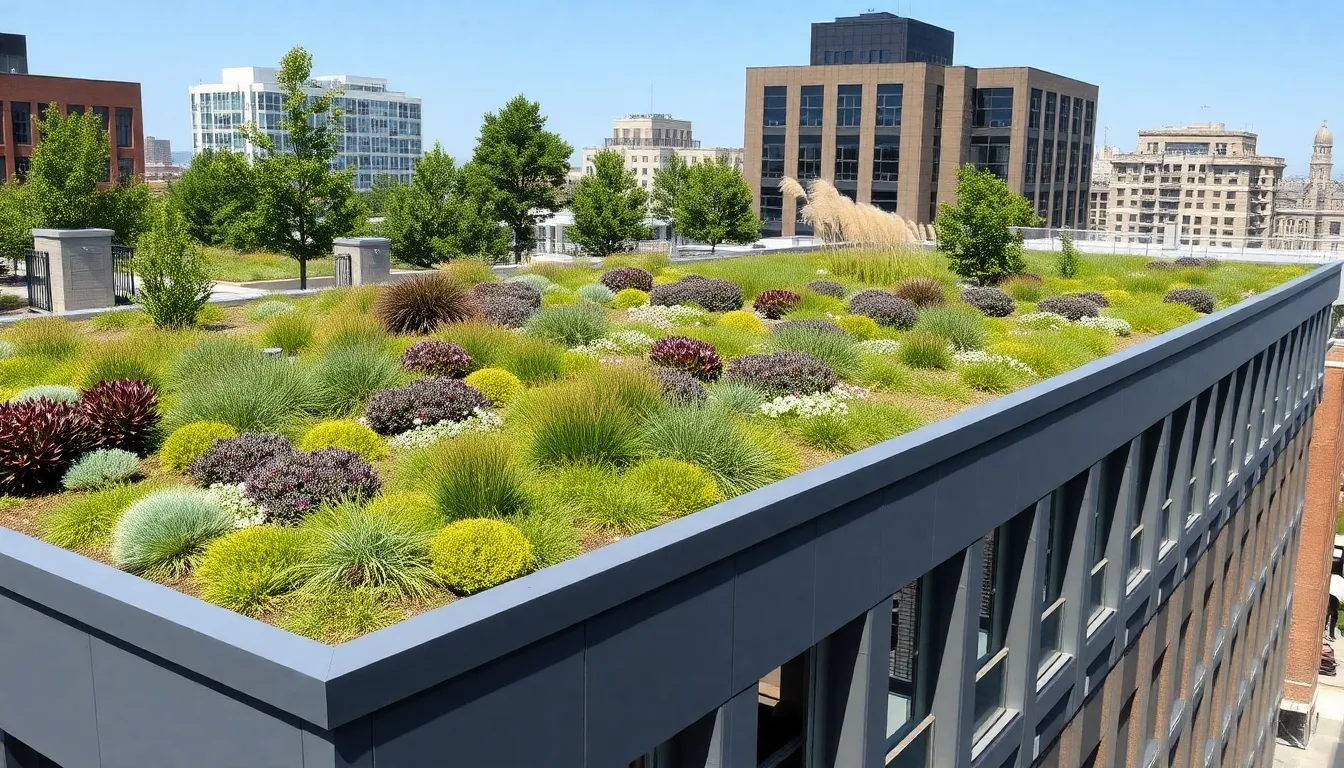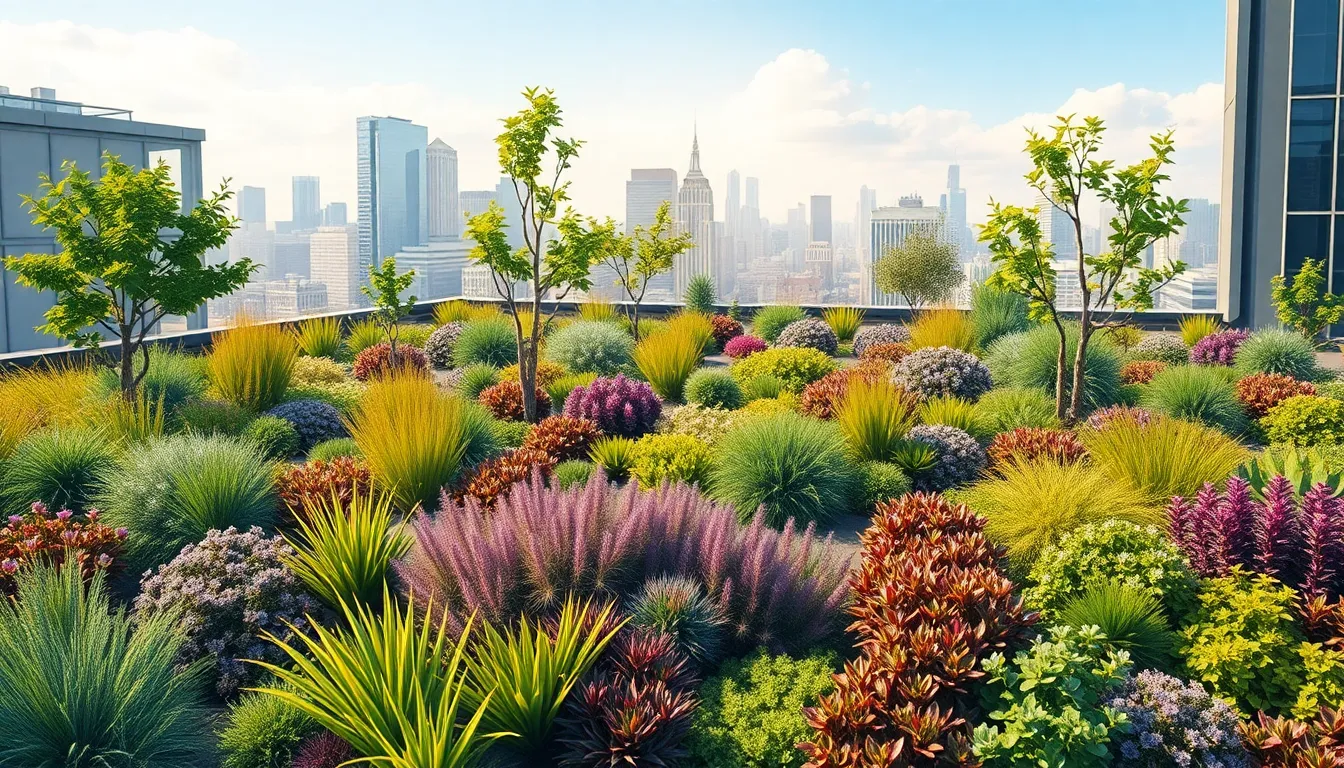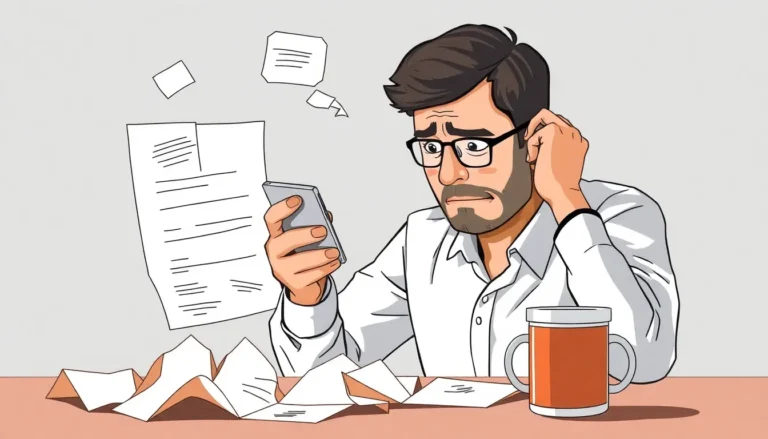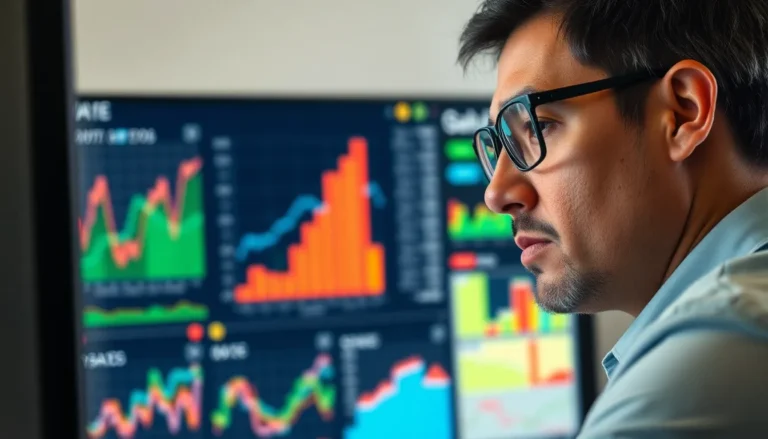Imagine a rooftop garden that not only looks stunning but also helps the planet breathe a little easier. Green roof systems are the superheroes of urban architecture, transforming dull concrete jungles into vibrant ecosystems. These living roofs don’t just add a splash of green; they improve air quality, reduce energy costs, and even manage stormwater like a pro.
As cities grow and nature shrinks, green roofs stand as a testament to innovation and sustainability. They’re the perfect blend of beauty and functionality, proving that rooftops can do more than just keep the rain out. So why not give your building a little green makeover? After all, who wouldn’t want to sip coffee on a rooftop garden while saving the planet, one succulent at a time?
Table of Contents
ToggleOverview of Green Roof Systems
Green roof systems consist of living vegetation planted over a waterproofing membrane. These designs offer numerous benefits, particularly in urban areas where green spaces are scarce. Vegetation types include grasses, herbs, and shrubs, each selected for their hardiness and low maintenance needs.
Two main categories encompass green roofs: extensive and intensive. Extensive green roofs feature lighter vegetation, primarily requiring minimal maintenance. Intensive systems, on the other hand, support a wider variety of plants but demand more substantial structural support and regular upkeep.
Important components include the growing medium, drainage systems, and irrigation methods. Effective drainage ensures water does not accumulate, while quality growing media supports plant health. Additionally, implementing a robust irrigation system can guarantee consistent moisture levels during dry spells.
Studies highlight that green roofs can reduce ambient temperatures in urban environments. Temperature reduction occurs through shade and evapotranspiration, contributing to improved air quality. Furthermore, energy costs often decrease due to enhanced insulation properties provided by the vegetation.
Stormwater management capabilities stand out as another advantage. These systems can absorb rainwater, reducing runoff and alleviating pressure on urban drainage systems. By capturing precipitation, green roofs mitigate flooding risks and promote groundwater recharge.
Public interest in green roofs grows as cities recognize their ecological impact. They serve as habitats for birds and insects, thus bolstering biodiversity. Green roofs enhance the aesthetic appeal of buildings, making them desirable for property owners and developers.
Types of Green Roof Systems


Green roof systems primarily fall into two categories: extensive and intensive. Each type offers unique benefits and requirements based on plant selection, maintenance, and structural demands.
Extensive Green Roofs
Extensive green roofs are characterized by their lightweight design and low-maintenance plant options. These roofs typically support shallow growing media, usually ranging from 2 to 6 inches deep. Common plants include hardy grasses, sedums, and mosses that thrive in minimal soil conditions. Their low upkeep makes them ideal for residential or commercial buildings that seek to reduce maintenance costs. Additionally, extensive green roofs promote biodiversity while effectively managing stormwater by absorbing rainfall. Due to their lightweight nature, they generally require less structural support compared to intensive designs, making them a popular choice for many urban settings.
Intensive Green Roofs
Intensive green roofs offer a rich variety of plant life along with increased structural demands. These roofs often host deeper growing media, exceeding 6 inches, allowing for a diverse range of vegetation, such as shrubs and even small trees. Maintenance requirements are higher, necessitating regular care, irrigation, and sometimes even fertilization. Intensive green roofs maximize aesthetic and functional benefits, creating lush green spaces that can mimic traditional gardens. They also enhance air quality and biodiversity while providing insulation benefits. Cities increasingly encourage these systems for their potential to transform underutilized spaces into vibrant, eco-friendly environments.
Benefits of Green Roof Systems
Green roof systems provide numerous advantages, particularly in urban settings. These systems support ecological health, economic savings, and overall improvement in building functionality.
Environmental Advantages
Green roofs enhance urban biodiversity, serving as habitats for various wildlife species. They effectively filter air pollutants, resulting in improved air quality. Rising temperatures often affect cities, and green roofs can mitigate heat through evapotranspiration. Rainwater management becomes another critical benefit, as these roofs absorb significant amounts of rainfall, reducing runoff and flooding risks. They also promote groundwater recharge, contributing to sustainable water management. By incorporating vegetation, green roofs create a natural insulation layer, decreasing energy demands for heating and cooling.
Economic Benefits
Adopting green roof systems leads to noticeable economic advantages. Reduced energy costs arise from improved insulation properties, which lower heating and cooling needs. Property values also increase, as buildings with green roofs often attract higher market demand. Maintenance costs may decrease for stormwater management systems since green roofs effectively handle much of the rainfall. Long-term savings manifest through potential tax incentives or grants available for sustainable building practices. Investing in green roofs often results in extended roof lifespans, reducing replacement costs for property owners.
Design and Implementation
Designing and implementing green roof systems involves careful planning and selection of components to maximize their benefits. Essential considerations include structural capacity and plant selection.
Key Considerations
Structural capacity dictates the type of green roof system to choose. Extensive roofs need less support compared to intensive roofs, which require stronger structural integrity due to deeper growing media. Vegetation selection involves hardy plants that thrive in local climates. Plants like sedums and hardy grasses suit extensive green roofs, while intensive roofs support a variety of species, including shrubs and small trees. Irrigation systems play a critical role in maintaining healthy vegetation, ensuring plants receive adequate moisture during dry spells.
Maintenance Requirements
Maintenance varies significantly between extensive and intensive green roofs. Extensive green roofs require minimal upkeep, involving occasional weeding and monitoring of drainage systems. Property owners typically focus on ensuring proper irrigation during prolonged dry periods. Intensive green roofs, however, necessitate regular maintenance, including more frequent watering, pest management, and seasonal pruning. This maintenance enhances not only the visual appeal but also the overall functionality of the system. Engaging with professional services can simplify upkeep, ensuring that landscapes remain healthy and vibrant.
Challenges and Limitations
Green roof systems face several challenges that can impede their implementation and long-term success. Initial costs often present a significant barrier, as installation can require substantial investment in materials and labor. Poor structural capacity in existing buildings may limit the feasibility of adding green roofs, particularly for intensive systems that demand more support.
Maintenance requirements vary widely; extensive green roofs are low-maintenance but still require some attention, including occasional weeding and irrigation in dry periods. Intensive green roofs, on the other hand, necessitate regular care to sustain plant health and ensure aesthetic appeal. Property owners may find managing these needs burdensome without professional help.
Climate conditions also play a crucial role in the success of green roofs. High temperatures or prolonged droughts can stress plants, particularly in regions with extreme weather patterns. Local regulations may impose additional restrictions, making code compliance a complex issue for green roof projects.
Limited plant selection poses another challenge, especially in areas with strict native vegetation policies. Not all plant species thrive on green roofs, which can hinder the desired biodiversity outcomes. Irrigation systems must be carefully designed to ensure efficient water use, as overwatering can lead to drainage problems and root rot.
Finally, public perception can influence the adoption of green roof systems. Some individuals remain skeptical about the benefits, doubting the return on investment. Like any emerging technology, overcoming these challenges requires education, planning, and community support for green roof initiatives.






